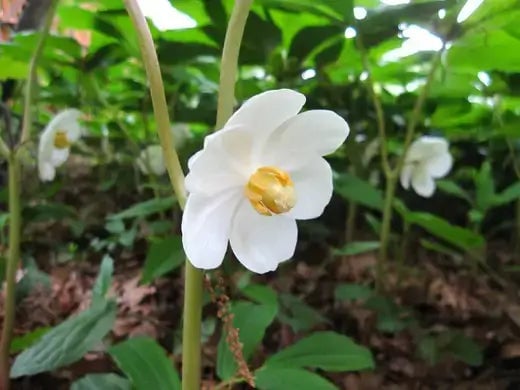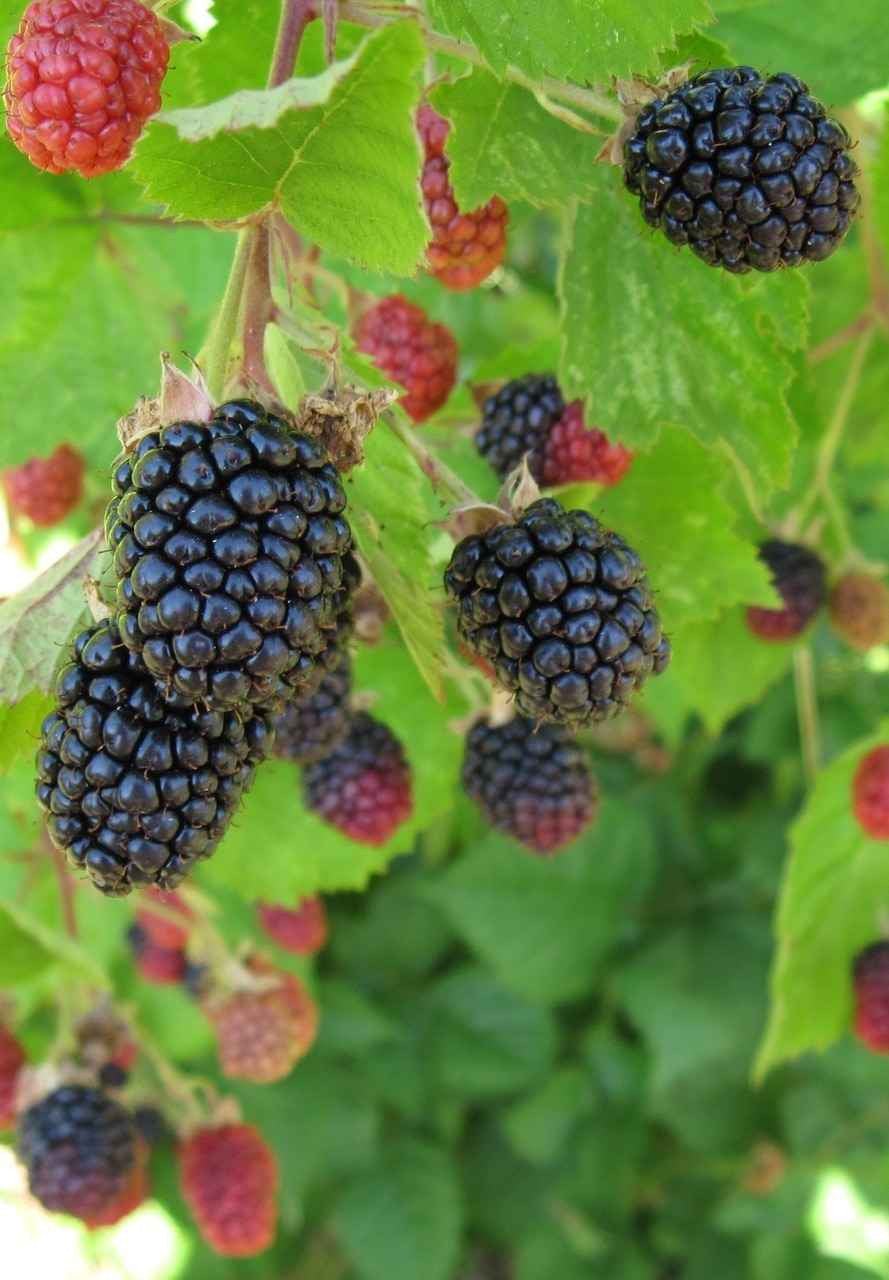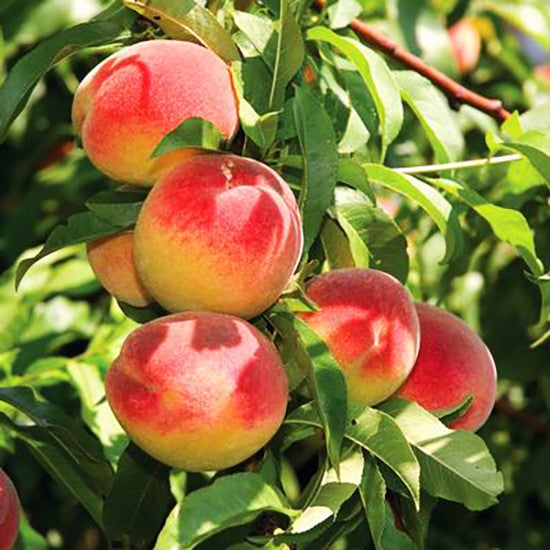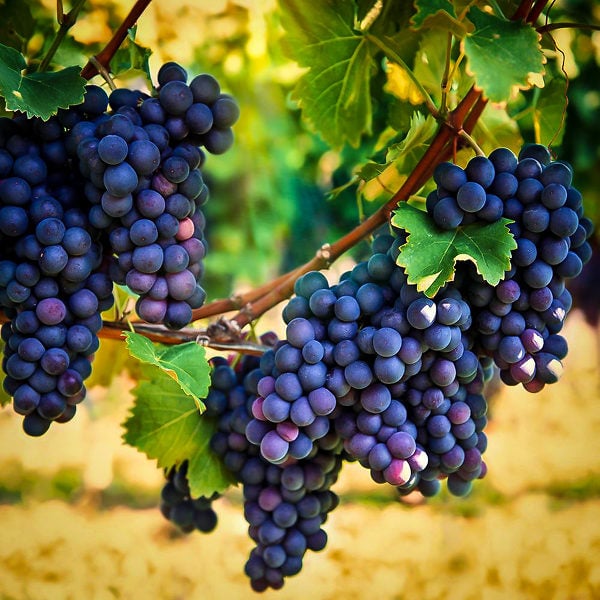There's something inherently charming and delightful about a picnic. Whether it's a romantic date, a family outing, or a gathering of friends, breezes offer the perfect opportunity to enjoy nature's beauty while indulging in delicious food. But what truly sets a picnic apart is the creative and thoughtful selection of dishes and snacks that make the experience unique. This article will explore ten pack-up picnic ideas to make your outdoor feast unforgettable.
Classic Sandwich Basket A classic always stays in style; a sandwich basket is a timeless picnic choice. Create an assortment of sandwiches using a variety of breads, spreads, and fillings. Consider options like turkey and cranberry, Caprese with fresh mozzarella, basil, and tomatoes, or even hearty roast beef with horseradish mayo.
Pack them individually to maintain their freshness, and bring a selection of condiments for personalized touches. For those who relish a hint of indulgence, a gourmet turkey and cranberry sandwich beckons. Roasted turkey slices, generously adorned with creamy brie cheese and a dollop of tangy cranberry sauce, are nestled within slices of cranberry walnut bread.
No picnic would be complete without a nod to simplicity – the timeless peanut butter and jelly
Soft bread, preferably whole grain, cradles the familiar combination of velvety peanut butter and your favorite fruit jam. Its nostalgic charm is a testament to the enduring pleasure of life's simple pleasures.
As you spread out your checkered blanket, arrange these sandwiches like edible works of art. Add crunchy vegetable sticks and a refreshing fruit salad to complement the ensemble. And while the food undoubtedly takes center stage, remember that a picnic is about cherishing the company you share it with and the beauty of the world around you. So, let the laughter flow, the stories unravel, and the sandwiches transport you to a realm of culinary bliss amid the great outdoors.
Mediterranean Mezze Spread Pack various vibrant dishes like hummus, tzatziki, stuffed grape leaves, olives, and pita bread. For added protein, include some grilled chicken or falafel. Cheese and Charcuterie Platter: For a sophisticated picnic experience, combine a cheese and charcuterie platter.
Choose a selection of cheeses with different textures and flavors, complemented by an assortment of cured meats, crackers, and bread. Add some dried fruits, nuts, and a honey jar for sweetness. This option allows for leisurely grazing and encourages sharing among picnickers.
Asian-inspired Bento Box Switch things up with an Asian-inspired bento box picnic. Prepare bite-sized sushi rolls, dumplings, spring rolls, and tempura vegetables. Include a variety of dipping sauces to enhance the flavors. After enjoying the savory delights, add some fresh fruit, like sliced mangoes or lychees, to cleanse the palate.
Make the most of seasonal produce by creating a picnic based on farmers' market finds.
Pack a mix of colorful salads like quinoa, roasted vegetable salad, or a fresh strawberry spinach salad. Pair these with artisanal bread, cheeses, and some cured meats. Your picnic will be a celebration of nature's bounty.
Build-Your-Own Taco Bar: Add an interactive twist to your picnic with a build-your-own taco bar. Pack separate containers of grilled chicken, seasoned beef, or sautéed veggies. Include tortillas, a variety of salsas, guacamole, shredded cheese, and sour cream. Let everyone assemble their tacos according to their preferences, adding an element of customization to your outdoor meal.
Gourmet Pasta Salad Assortment Pasta salads are versatile and satisfying for picnics. Prepare a trio of gourmet pasta salads, each with its distinct flavor profile. A pesto tortellini salad, a Mediterranean-inspired orzo salad, and a tangy caprese pasta salad could make a fantastic combination. These salads are easy to transport and can be enjoyed cold or at room temperature.
Southern Fried Chicken Basket For a taste of comfort food in the great outdoors, put together a Southern fried chicken basket. Prepare crispy fried chicken pieces and pair them with flaky buttermilk biscuits. Add coleslaw, macaroni and cheese, and a jar of pickles to complete the indulgent picnic experience.
Healthy and Hearty Grain Bowl Appeal to health-conscious picnickers with a selection of hearty grain bowls. Start with a base of quinoa, farro, or brown rice, and layer on grilled vegetables, marinated tofu, beans, and a variety of toppings like nuts, seeds, and a zesty dressing. These nutrient-packed bowls are both satisfying and nourishing.
Decadent Dessert Extravaganza: No picnic is complete without a sweet ending. Create a decadent dessert spread featuring an assortment of treats, such as mini fruit tarts, chocolate-dipped strawberries, bite-sized brownies, and delicate pastries.
Pack hot beverages like gourmet coffee or herbal tea to accompany the dessert selection. Conclusion A picnic is more than just a meal; it's an experience that combines the pleasures of nature, good company, and delectable food. With these ten-pack-up picnic ideas, you can add a creative twist to your outdoor gatherings and create lasting memories.
Whether you opt for classic simplicity, global flavors, or gourmet extravagance, the key is to tailor your picnic to your group's preferences and the beauty of your surroundings. So, pack your baskets, lay out your blankets, and savor the magic of al fresco dining.
Picnic Idea Source: TN Nursery
Sweet and Hardy Picnic Delights
There isn't anything quite like a picnic down South, where the sun's just warm enough, and the breeze feels like a hug from the good Lord Himself. When it comes to packin' up for a day under the oak trees or down by the creek, we Southerners know a thing or two about hardy dishes that stick to your ribs and sweet treats that warm your soul. So, grab your wicker basket, and let's plan a spread that'll make your taste buds sing, "Bless your heart!"
A Southern picnic isn't proper without a bit of somethin' savory to kick things off. Fried chicken, golden and crispy, is a staple-it's good hot, cold, or anywhere in between. Pair that with some buttermilk biscuits, still soft enough to melt in your mouth. Pack a jar of pepper jelly or a slab of country ham, and you've got a match made in heaven.
And don't forget about deviled eggs! Each one's like a little bite of comfort, creamy and tangy, with a hint of paprika dusted on top. For something fresh, whip up a cucumber and tomato salad with a splash of vinegar-refreshing as a sip of sweet tea on a summer's day. To keep it hardy, a mason jar of pimento cheese spread and a bag of crackers will keep folks coming back for seconds.
Sweet Treats: A Little Sugar for the Picnic
When the savory is done, it's time to sweeten the deal. Down South, a slice of peach cobbler or a few pecan tassies will make folks sit back and sigh. If you've got a cooler, tuck in some banana pudding jars with whipped cream piled high, like spoonin' up happiness.
For something easy to tote, bake up some praline cookies or pack slices of buttery pound cake. You can't go wrong with fruit; watermelon slices or fresh berries in a wooden bowl add a natural sweetness. Don't forget to bring a thermos of fresh lemonade or a gallon of iced tea (extra sweet!) to wash it all down.
Picnics are a chance to savor the simple things, from good food to great company. So, spread out that gingham blanket, pull out the treats, and let the day roll by slow and sweet, the way it's meant to. Southern picnics aren't just about eatin'- they're about making memories, you all.
The Ultimate Guide to Perfect Fried Green Tomatoes for Your Next Picnic
The Southern classic dish of fried green tomatoes has become highly popular nationwide because of its delightful taste. Their tangy taste combined with a crunchy texture makes them ideal for picnic meals. The combination of the dense tart interior and the crispy exterior results in a memorable dish that appeals to both everyday snackers and culinary experts. This article will guide you through making the perfect fried green tomatoes for your upcoming picnic, including how to choose the right produce and maintain their freshness for enjoyment.
1. Choosing the Right Tomatoes
The initial step involves picking tomatoes that display a green color instead of those that appear partially ripe or unripe red tomatoes. Grocery stores frequently label tomatoes meant for frying as "green" to help shoppers locate them. You can use unripe red tomatoes if needed, but their texture and flavor will differ from what you expect. When touched, the ideal green tomato will display a vivid pale green color and maintain firmness. Applying gentle pressure to the tomato should offer more resistance than a ripe tomato would respond.
2. Prepping the Tomatoes
Gently rinse your chosen green tomatoes to eliminate any surface dirt or debris. Paper towels or a rag can dry the tomatoes because leftover moisture can complicate the breading operation. Slice the tomatoes into ¼-inch rounds using a sharp knife. Thin slices will turn soggy, while thick slices may not cook through properly.
3. Seasoning and Breading
For optimal results in breading, it is best to follow a two- or three-step process.
Seasoning the slices: Add a generous amount of salt and pepper to both sides of every tomato slice. Try different spices, such as paprika, cayenne pepper, garlic powder, or even dried herbs, to further customize the flavor of your fried green tomatoes. Avoid excessive seasoning to maintain their inherent tang.
Flour or cornstarch coating: Before proceeding, each tomato slice should be coated in all-purpose flour or cornstarch. The dry layer is an adhesive for the wet coating on the tomato slice while guaranteeing a crispy outer texture during cooking.
Egg mixture: Combine one or two eggs with either milk or buttermilk in a shallow bowl while whisking them together. Regular milk is sufficient for the egg mixture, but many choose buttermilk to add a tangier flavor. Dip both sides of each slice into the bowl to cover it with the egg mixture.
Final coating: Mix breadcrumbs and cornmeal or combine both ingredients in a separate shallow dish. The mixture plays an essential role in producing a distinctive crunchy texture. Put each tomato slice coated in egg into the mixture and flip it to achieve complete coverage on every side. Pressing down slightly enables the crumbs to attach correctly to the tomato slices.
4. Frying the Tomatoes
Frying green tomatoes works best when you use a heavy-bottomed skillet or a cast-iron pan. Pour enough vegetable, canola, or peanut oil into your pan until there's about a ¼ inch shallow layer of oil. Heat the oil until it registers roughly 350 degrees Fahrenheit. Check oil readiness by dropping bread into the pan, which should sizzle and become golden when the temperature is correct.
Arrange tomato slices in a single layer across the pan, taking care to avoid overcrowding. Cook the green tomatoes on each side for two to three minutes until golden brown. Flip the tomatoes carefully when fried using either tongs or a spatula. When they get a crisp texture and light brown color, remove the tomato slices from the oil and lay them on paper towels on a plate. This step helps absorb any excess oil.
5. Keeping Them Picnic-Ready
You can upkeep the quality of your fried green tomatoes at a picnic by adequately managing both timing and storage. Fry your tomatoes shortly before you depart for your event. After cooling for about one to two minutes, spread them in a container with parchment paper or paper towels to eliminate excess oil. Keep the lid partially open to prevent moisture from accumulating and making them soggy. To maintain warmth, if you won't consume fried green tomatoes for a few hours, use an insulated container but avoid excessive heat buildup that could result in a soft exterior.
6. Serving Suggestions
While fried green tomatoes taste great, you can create a more flavorful experience by serving them with different dips. The traditional remoulade sauce, which contains mayonnaise, mustard, pickles, and spices, perfectly matches the tangy taste of tomatoes. Simple garlic aioli or ranch dressing enhances their savory flavor. For the best transport solution, you should bring these sauces to your picnic in small mason jars or sealed plastic containers.
Fresh salads, seasonal fruit, grilled vegetables, and crisp coleslaw serve as light side options to counterbalance the rich flavor of fried green tomatoes. Fried green tomatoes can also serve as the main ingredient in sandwiches when combined with fresh lettuce and topped with pimento cheese spread or bacon to create an irresistible delight.
The ideal method for preparing fried green tomatoes for a picnic includes using firm, high-quality green tomatoes followed by a detailed breading process and careful frying until they achieve a golden, crunchy texture. The correct storage conditions and timing methods will preserve these tangy bites' appealing taste and crisp texture until your picnic meal. Proper preparation and practice will make your fried green tomatoes stand out as a star dish at any outdoor gathering.
Read more

A Couch Potato's Guide to Maintenance Free Landscaping - For busy people, maintaining a landscape is a time-consuming chore. Short of hiring a professional, it may seem impossible to have a beautif...

Wednesday, April 6This is a very unusual plant because many people read the name and mistake it for being a type of apple tree, but it is far from it. The May Apple is an herbal plant that falls in...





